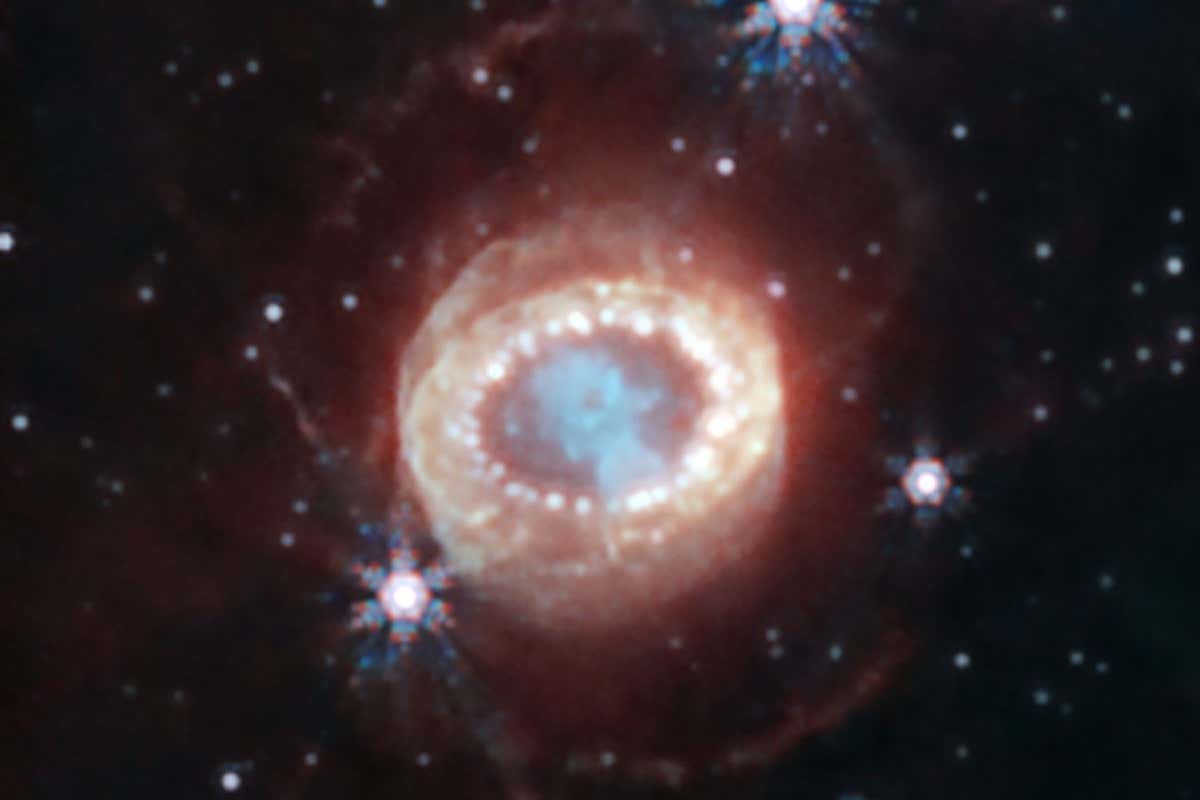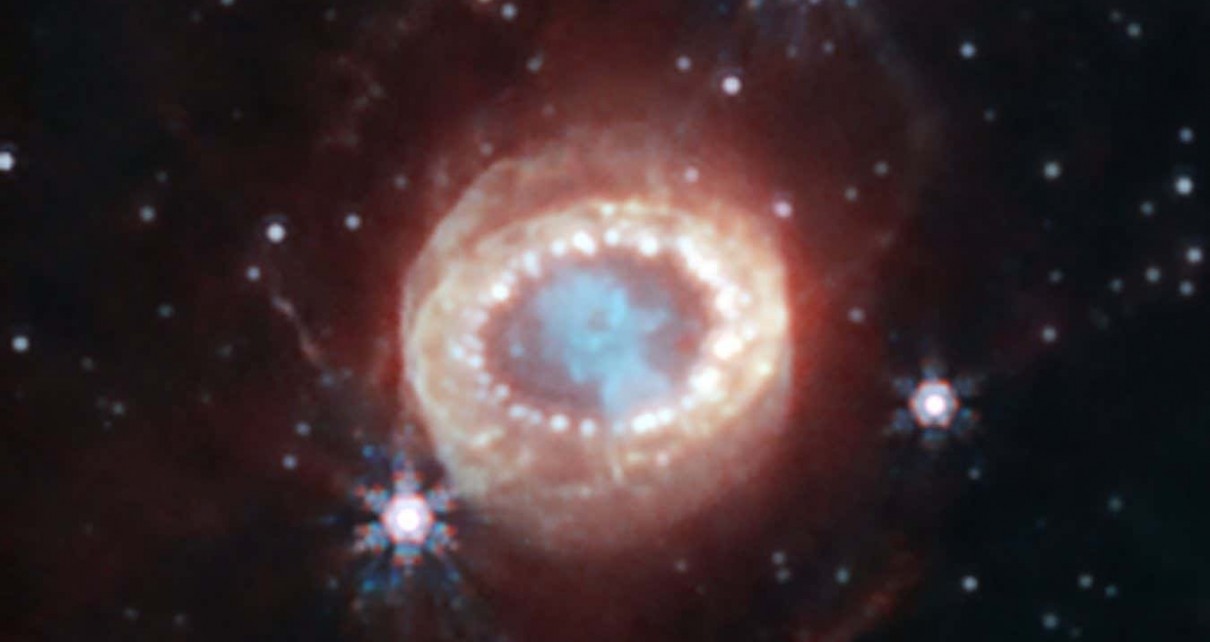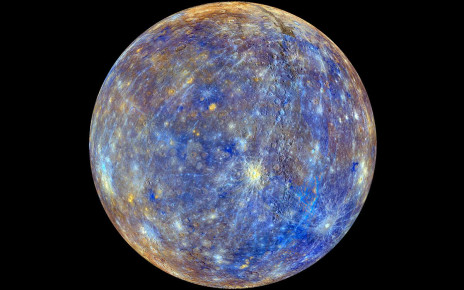[ad_1]

Supernova 1987A, as seen by the James Webb Space Telescope
NASA, ESA, CSA, and M. Matsuura (Cardiff University)/A. Pagan (STScI)
One of the universe’s most iconic supernovae has been observed by the James Webb Space Telescope (JWST), revealing its structure in greater detail than ever before.
SN 1987A is a supernova that lies in the Large Magellanic Cloud. It was first detected in 1987, around 168,000 light years from Earth, making it the nearest stellar explosion observed since Kepler’s supernova was spotted in 1604. Since then, the remnants of SN 1987A have become a firm favourite for astronomers to study.
“It’s close enough that we’ve been able to look at it through lots of different ground-based telescopes, which has actually been very important for astronomers,” says Mikako Matsuura at Cardiff University in the UK.
Now, Matsuura and her colleagues have taken a look with JWST, offering fresh insight into the supernova’s structure and evolution. JWST uses infrared light, so the colours in the image above aren’t what you would see with the naked eye.
The blueish area at the centre of the image represents dense clumps of gas and dust expelled by the cosmic explosion.
It is surrounded by a crescent-like structure in red, a previously unseen feature of supernovae remnants. The crescent is probably an outer layer of gas ejecting from the supernova and it is likely to be made up of hydrogen, says Matsuura.
A dazzling ring of matter encircles the blue area and the crescent, arising from material ousted by the original star in the roughly 20,000 years leading up to the supernova explosion. The brightest spots depict the energetic collisions between the matter in the ring and the explosion’s resultant shockwaves.
Neutron stars typically form following a supernova explosion, but SN 1987A’s one remains elusive. “There’s a lot of gas in the centre of the system,” says Matsuura. “The dust grains absorb the light from the neutron star, which is probably why we haven’t picked it up yet.”
These images are some of the most detailed ever captured of a supernova, says Matsuura, who hopes to continue monitoring SN 1987A with JWST. “It’s a very interesting object that allows us to see how supernovae will evolve in time,” she says.
Topics:
[ad_2]
Source link




